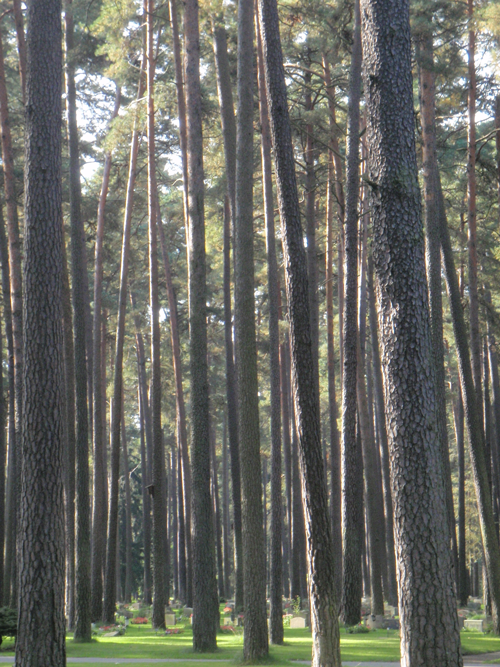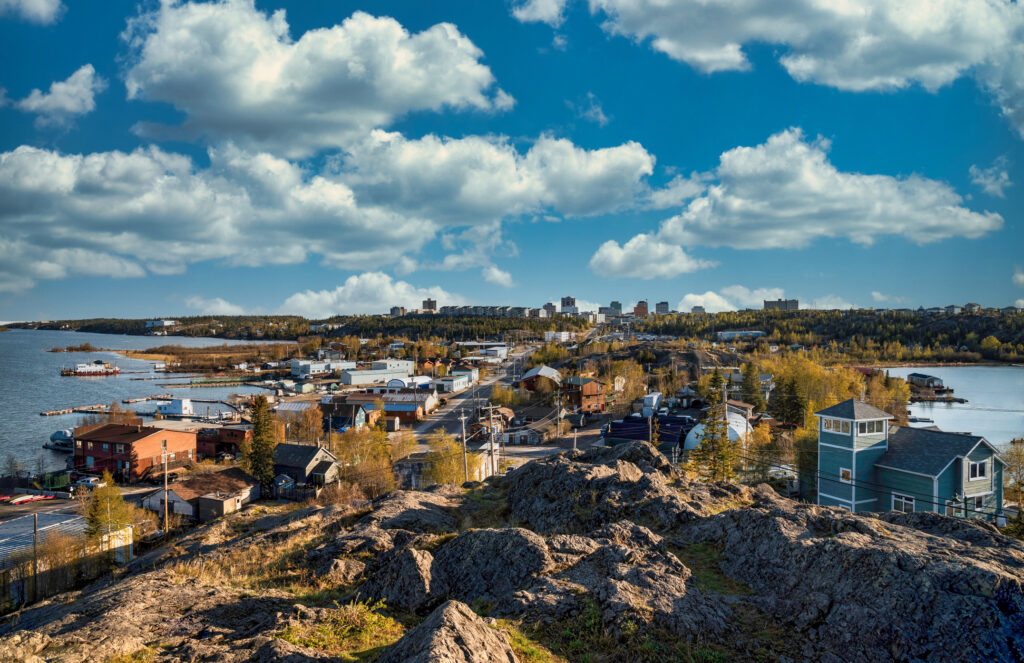Natural Resources

Integrate your data to truly see the bigger picture.

Bring Data Together
Convert and integrate various data inputs for your specific needs so you can deliver the greatest social, economic and environmental impact.
Gain Insights
Use satellite imagery and geospatial data to get a full understanding of the environmental and spatial variables around a natural resource.
Stakeholder Engagement
Communicate clearly with stakeholders with tailored and automated reports.
Data Democratization
Share your findings, maps and visualizations with the public to increase transparency and ease of access.
Pricing that makes sense. Because why would it be any other way?

Our Approach
Simplify your licensing with a subscription that covers all of your FME Desktop and FME Server licenses.
Simple Pricing
Invest in your success, simply.
Tailored Industry Options
When it comes to data, one size never fits all.
Unrestricted FME Access
Unlimited access to the FME Platform means you can get up and running without delay.
A few common questions about how this works.
Speed up your projects by subscribing your organization to an Enterprise Subscription instead of managing numerous one-off licenses. For a lower up-front cost your team can deploy any combination of FME Form and FME Flow within your chosen price.
You have two choices for existing FME licenses:
- You continue paying maintenance on your licenses separately. Choosing this option will not count towards your threshold asset value.
- Or, you can roll your licenses into the Enterprise Subscription and pay the annual flat fee. This will ensure that maintenance for all your licenses are included in your new cost.
Yes. We provide a prorated credit for the number of months remaining in your AMC total. This will go towards your Enterprise Subscription for the first year.
The pricing displayed in the tiers are based on our list prices. Please refer to your regional price list for accurate pricing.
Yes. The Enterprise Subscription gives you the option for two additional one-year renewals using the same Tier Level pricing grid.
Yes. When you cross the tier threshold you will pay the new tier rate at your renewal date.
Contact the Safe Software sales team or your existing partner and we would be happy to discuss your Enterprise Subscription needs.
Yes. You can subscribe to an Enterprise Subscription subscription for one year and use it for your project.
We recognize the importance of providing useful and timely support to our users and believe it’s part of what sets Safe apart. Learn more about our support policy.
FME licenses that are purchased individually have a perpetual term. This grants continuous use of your FME licenses, but in order to receive upgrades and support, you will have to purchase annual maintenance.
FME licenses used under the Enterprise Subscription will timeout at the end of the subscription period unless you renew. You will have full access to support and upgrades at no additional cost during the subscription period.


